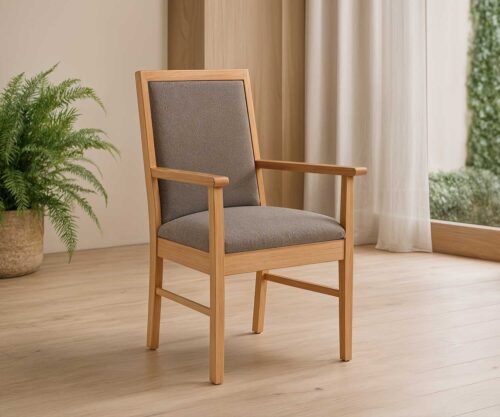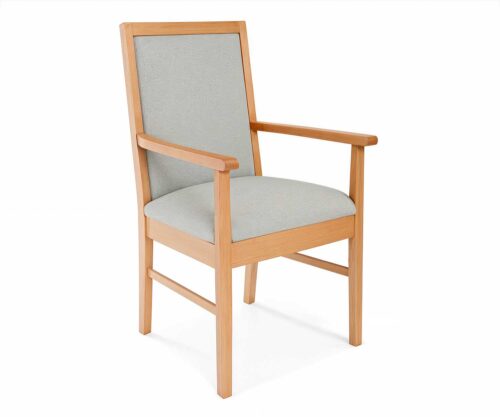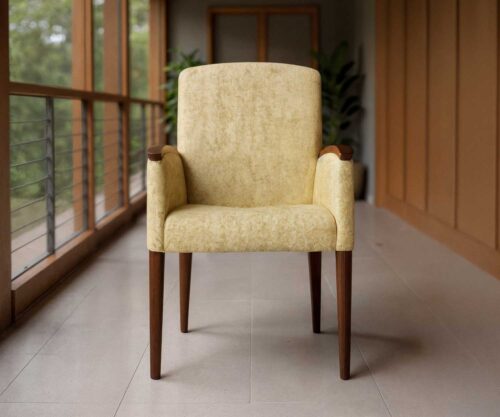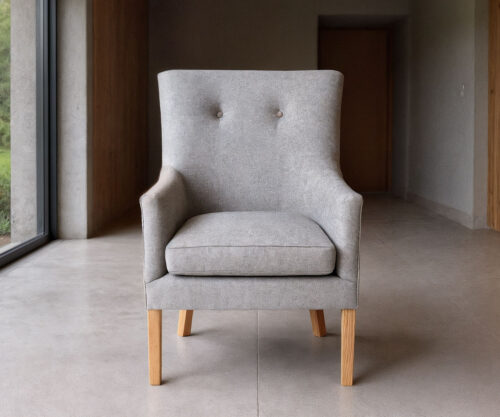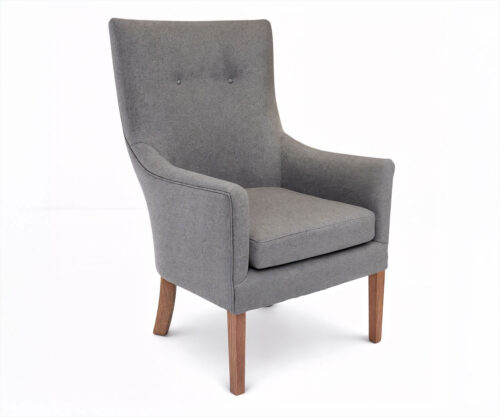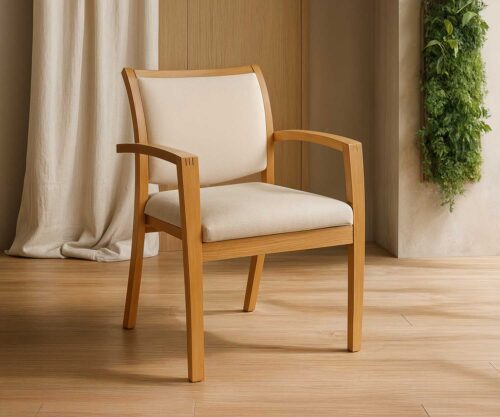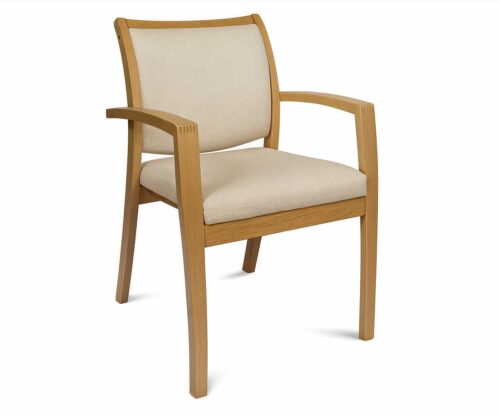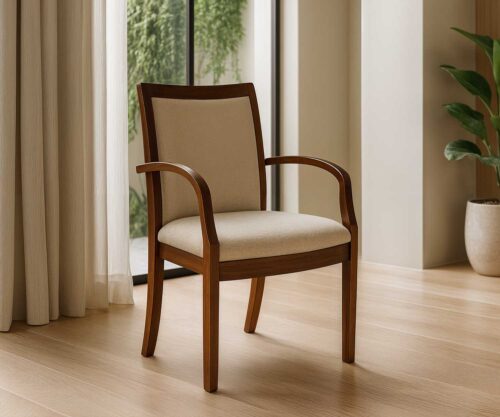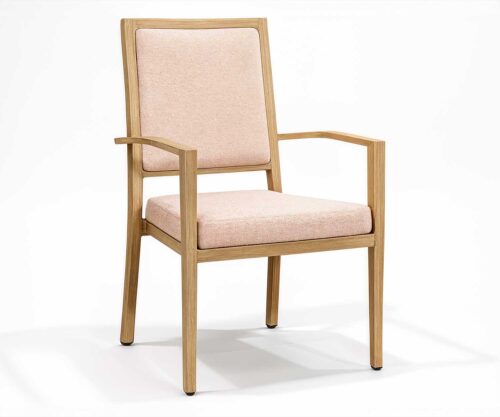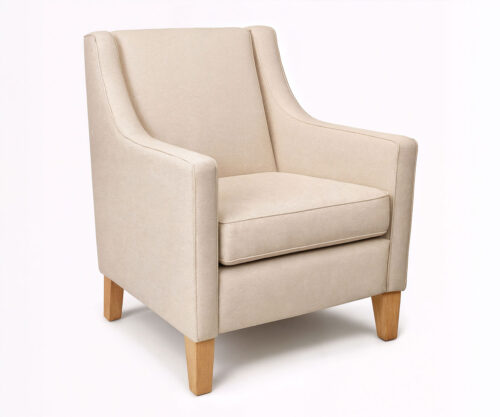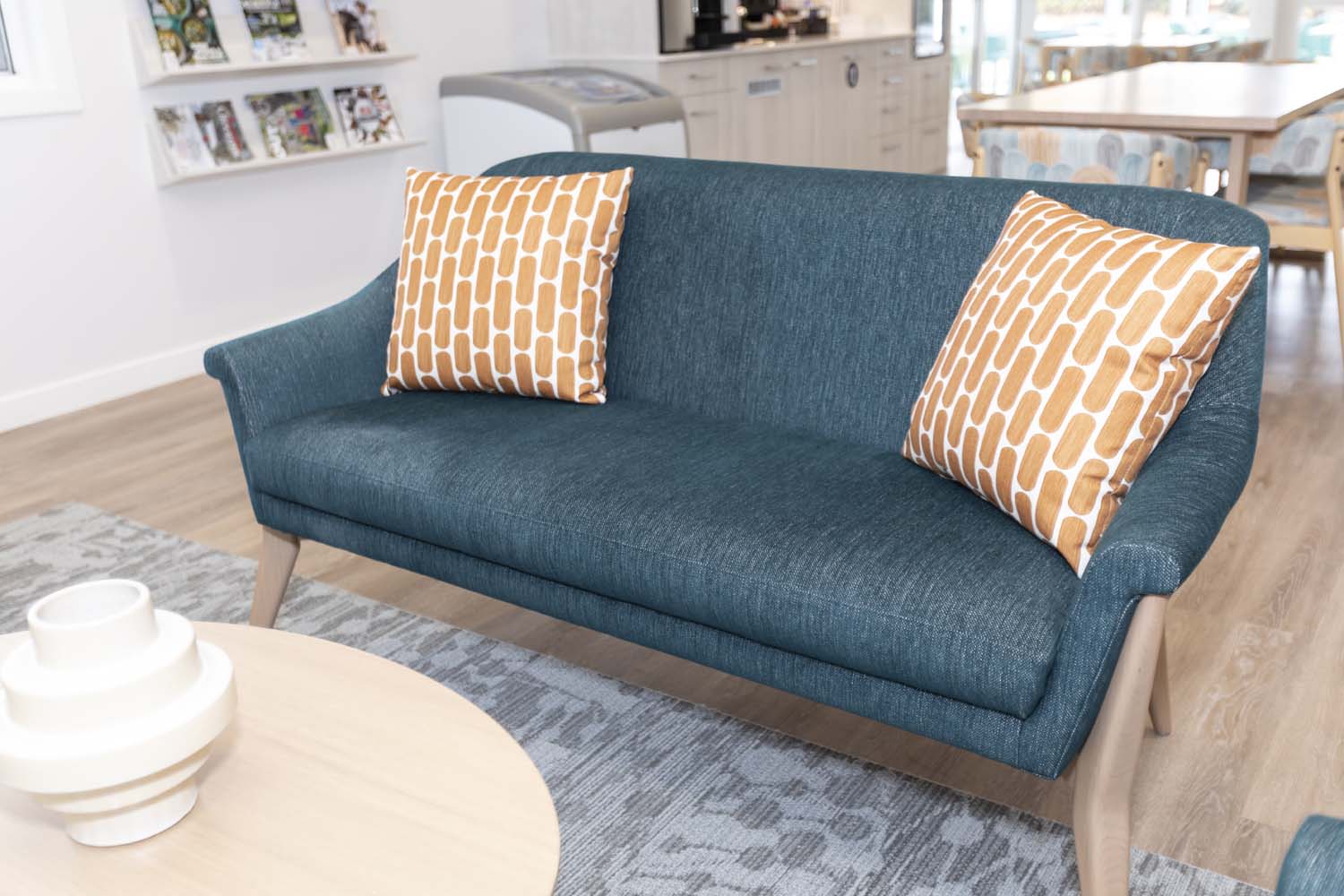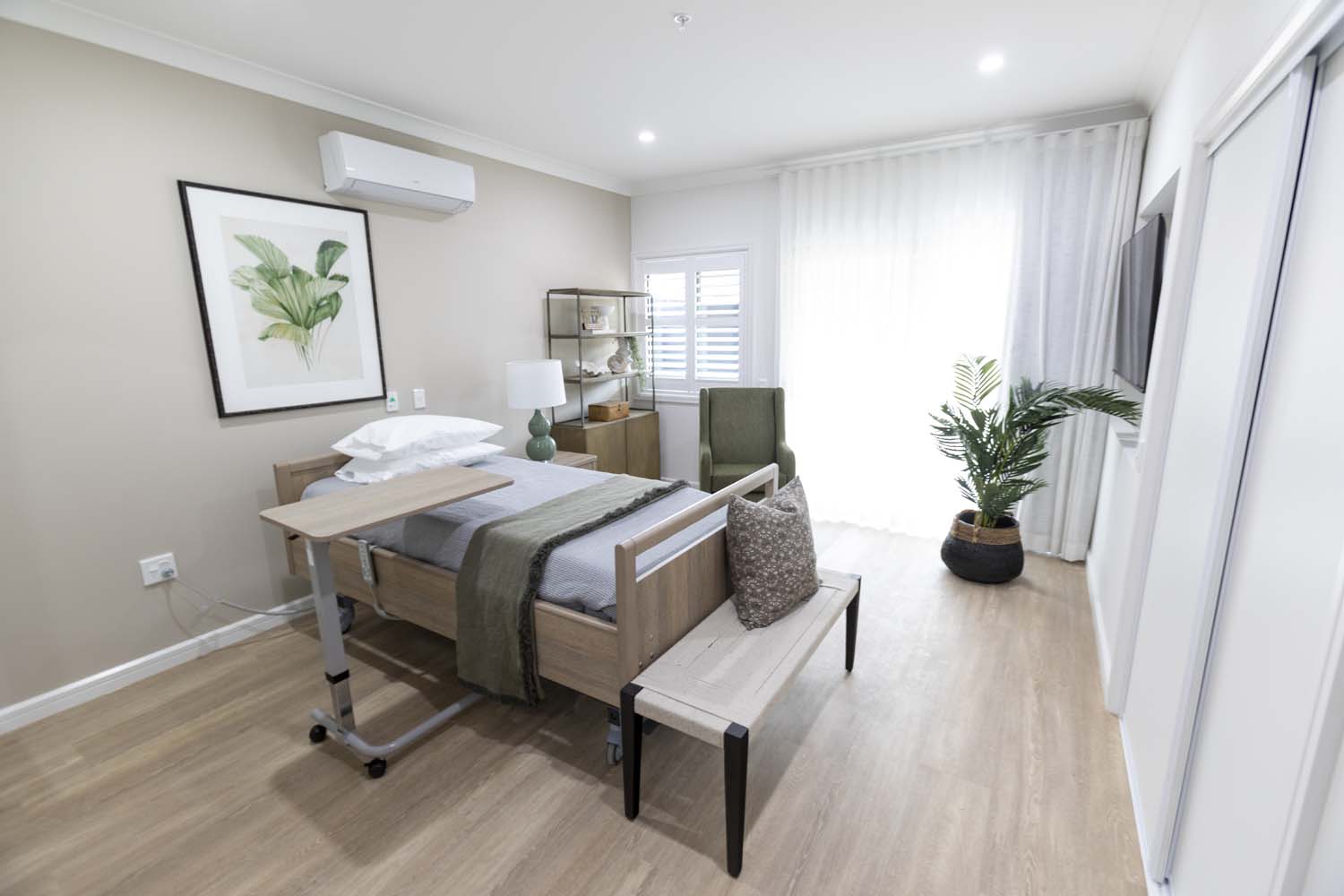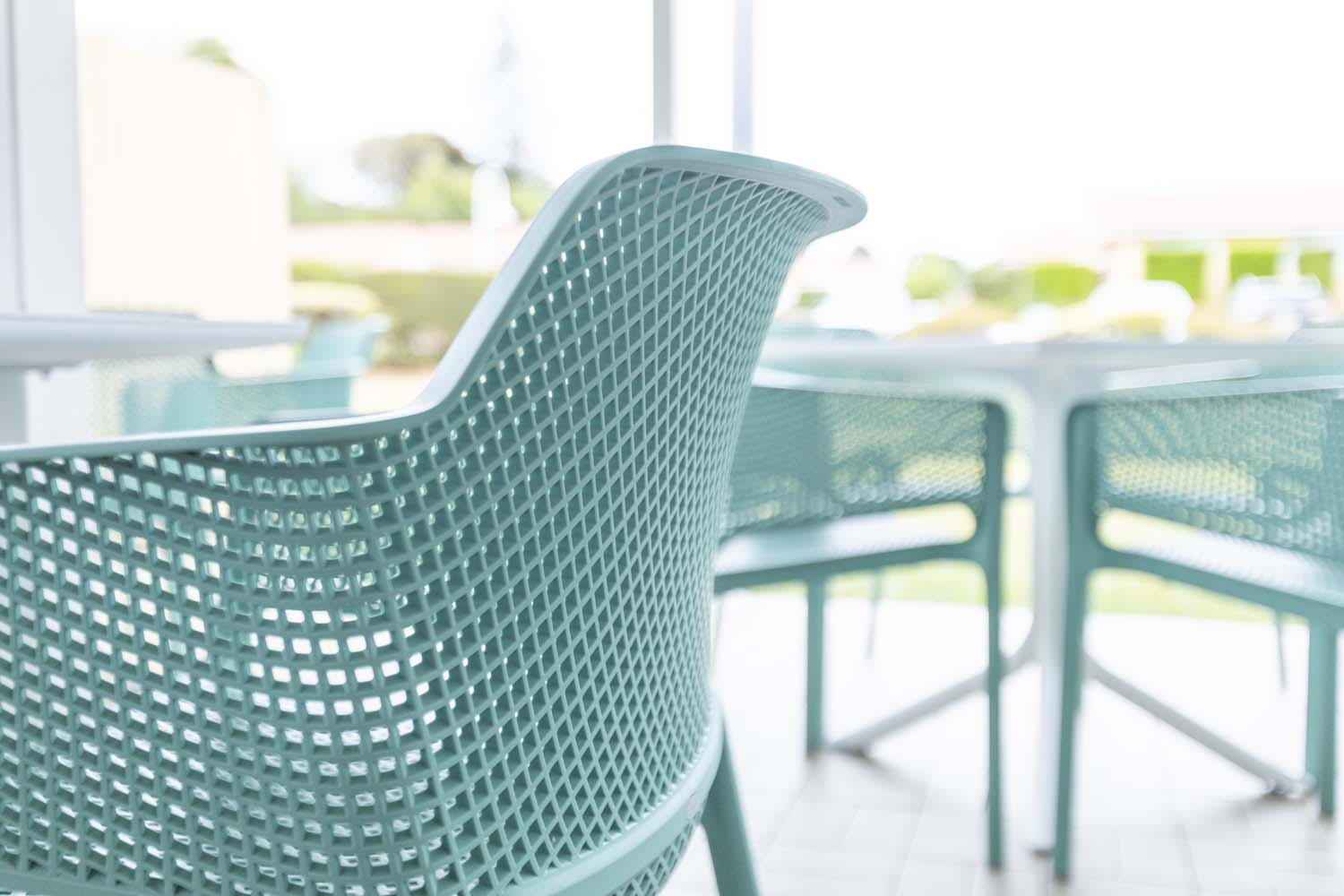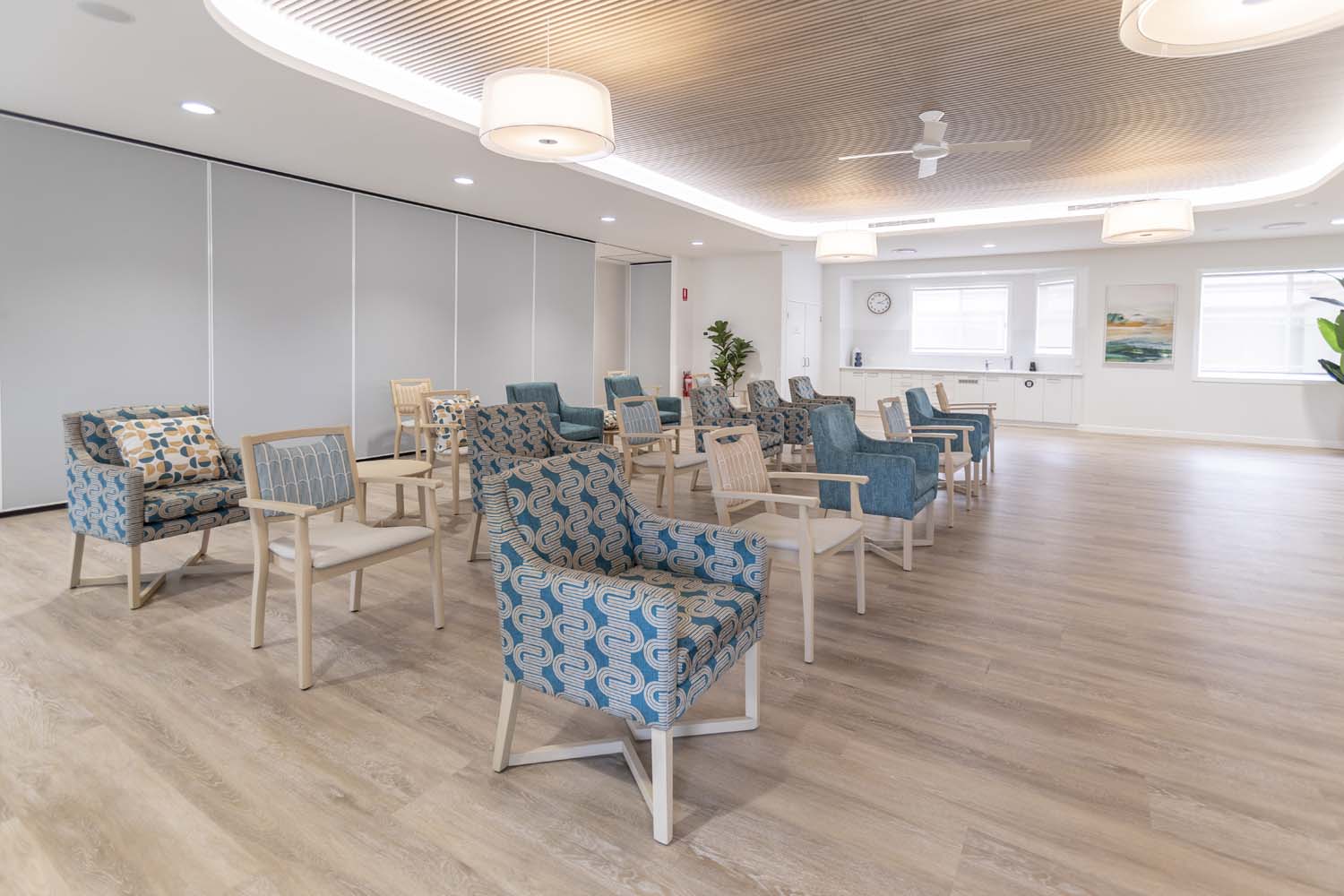The Psychology of Comfort: Choosing Aged Care Furniture That Supports Mood and Independence

When you’re managing an Australian aged care facility or retirement community, it’s easy to focus on compliance, staffing, or medical needs and overlook something seemingly simple—furniture. But the right aged care furniture can profoundly impact residents’ mood, confidence, and independence. Comfort isn’t just about softness; it’s about creating spaces that support wellbeing, mobility, and dignity.
In this article, we’ll explore how furniture affects behaviour and mood, and share practical tips for making thoughtful, human-centred choices.
Why Furniture Matters for Mood and Independence
Furniture plays a silent but significant role in everyday life. Poorly chosen armchairs or dining tables can cause discomfort, frustration, or even anxiety. Conversely, furniture designed with residents in mind can:
-
Encourage independence by making it easier to sit, stand, and move.
-
Support social interaction and connection in communal areas.
-
Promote calm and reduce agitation through thoughtful design and placement.
-
Enhance a sense of dignity, identity, and ownership over personal spaces.
Practical Tips for Choosing Comfortable, Supportive Furniture
1. Prioritise Ergonomics and Ease of Use
The way furniture is designed directly affects how comfortably residents can move and sit. Chairs that are too low, too soft, or lack armrests can make independent movement difficult, leading to frustration or even accidents. Ergonomic furniture helps residents feel secure and confident in their everyday movements.
Tips to implement:
-
Choose chairs with supportive armrests and appropriate seat height.
-
Provide adjustable seating and recliners to give residents control over comfort.
-
Carefully consider rocking or reclining options to ensure they are stable and safe.
2. Focus on Fabrics That Feel Good and Are Practical
Tactile comfort is just as important as structural comfort. Residents spend a lot of time seated, and fabrics that are unpleasant to touch or difficult to manage can affect mood and wellbeing. The ideal materials balance softness, durability, and ease of cleaning.
Tips to implement:
-
Select soft, natural textures like cotton blends or velours.
-
Avoid overly slippery or sticky fabrics that make movement difficult.
-
Ensure fabrics are durable, waterproof and easy to clean without sacrificing comfort.
3. Use Colour and Contrast Thoughtfully
Visual cues are essential for residents with cognitive or vision challenges. Colour and contrast can help people identify spaces, objects, and furniture edges more easily, reducing confusion and anxiety.
Tips to implement:
-
Use contrasting colours between furniture and flooring to define edges.
-
Incorporate warm, calming tones like muted blues, greens, or earthy shades.
-
Avoid overly busy patterns that may cause visual confusion.
4. Create Socially Friendly Layouts
How furniture is arranged can influence interaction, independence, and confidence. Communal areas should feel inviting, safe, and manageable, encouraging conversation while avoiding feelings of crowding or confusion.
Tips to implement:
-
Arrange seating in small clusters to encourage conversation.
-
Keep pathways clear and furniture stable for safe movement.
-
Include a mix of communal and private spaces for choice and flexibility.
5. Support Personalisation and Familiarity
Residents feel more comfortable and confident in spaces that reflect their personality and preferences. Personalisation helps residents maintain a sense of identity, particularly important for those living with dementia.
Tips to implement:
-
Encourage residents to personalise spaces with cushions, throws, or favourite chairs.
-
Include furniture that accommodates personal items like books, photos, or crafts.
-
Maintain familiar layouts and pieces to reduce anxiety and confusion.
6. Don’t Forget Outdoor Spaces
Outdoor areas can provide enormous benefits for wellbeing, mood, and social connection. However, the wrong outdoor furniture can make these spaces uncomfortable or unsafe, reducing their use. Thoughtful outdoor furniture encourages residents to enjoy nature and engage socially.
Tips to implement:
-
Provide seating with supportive backs and armrests.
-
Ensure surfaces are non-slip and shaded for safety and comfort.
-
Use weatherproof, durable fabrics that are easy to clean.
7. Involve Residents in the Choices
Including residents in furniture decisions isn’t just respectful—it promotes autonomy and wellbeing. When residents feel they have a say, they are more likely to use and enjoy the spaces around them.
Tips to implement:
-
Let residents test chairs, lounges, or beds before purchase.
-
Gather input on colour, fabric, or layout preferences.
-
Regularly review furniture choices and involve residents in updates.
Bringing It All Together
Choosing furniture with psychology and human behaviour in mind doesn’t have to be complicated. Small adjustments—like the right chair height, fabric choice, or seating arrangement—can have a big impact on residents’ mood, confidence, and independence.
Furniture is more than decoration. It’s a tool for wellbeing, connection, and dignity. Thoughtful choices today can transform the everyday experience of your residents for the better.
Practical Next Step:
Walk through your facility with fresh eyes. Observe chairs, lounges, tables, and outdoor seating—are they supporting independence or creating barriers? Test fabrics, colours, and layouts, and involve residents in trying new options. Even small updates can make a meaningful difference in daily comfort and quality of life.
Custom Furniture for Aged Care, Retirement Living and Healthcare
More News
The Psychology of Comfort: Choosing Aged Care Furniture That Supports Mood and Independence

When you’re managing an Australian aged care facility or retirement community, it’s easy to focus on compliance, staffing, or medical needs and overlook something seemingly simple—furniture. But the right aged care furniture can profoundly impact residents’ mood, confidence, and independence. Comfort isn’t just about softness; it’s about creating spaces that support wellbeing, mobility, and dignity.
In this article, we’ll explore how furniture affects behaviour and mood, and share practical tips for making thoughtful, human-centred choices.
Why Furniture Matters for Mood and Independence
Furniture plays a silent but significant role in everyday life. Poorly chosen armchairs or dining tables can cause discomfort, frustration, or even anxiety. Conversely, furniture designed with residents in mind can:
-
Encourage independence by making it easier to sit, stand, and move.
-
Support social interaction and connection in communal areas.
-
Promote calm and reduce agitation through thoughtful design and placement.
-
Enhance a sense of dignity, identity, and ownership over personal spaces.
Practical Tips for Choosing Comfortable, Supportive Furniture
1. Prioritise Ergonomics and Ease of Use
The way furniture is designed directly affects how comfortably residents can move and sit. Chairs that are too low, too soft, or lack armrests can make independent movement difficult, leading to frustration or even accidents. Ergonomic furniture helps residents feel secure and confident in their everyday movements.
Tips to implement:
-
Choose chairs with supportive armrests and appropriate seat height.
-
Provide adjustable seating and recliners to give residents control over comfort.
-
Carefully consider rocking or reclining options to ensure they are stable and safe.
2. Focus on Fabrics That Feel Good and Are Practical
Tactile comfort is just as important as structural comfort. Residents spend a lot of time seated, and fabrics that are unpleasant to touch or difficult to manage can affect mood and wellbeing. The ideal materials balance softness, durability, and ease of cleaning.
Tips to implement:
-
Select soft, natural textures like cotton blends or velours.
-
Avoid overly slippery or sticky fabrics that make movement difficult.
-
Ensure fabrics are durable, waterproof and easy to clean without sacrificing comfort.
3. Use Colour and Contrast Thoughtfully
Visual cues are essential for residents with cognitive or vision challenges. Colour and contrast can help people identify spaces, objects, and furniture edges more easily, reducing confusion and anxiety.
Tips to implement:
-
Use contrasting colours between furniture and flooring to define edges.
-
Incorporate warm, calming tones like muted blues, greens, or earthy shades.
-
Avoid overly busy patterns that may cause visual confusion.
4. Create Socially Friendly Layouts
How furniture is arranged can influence interaction, independence, and confidence. Communal areas should feel inviting, safe, and manageable, encouraging conversation while avoiding feelings of crowding or confusion.
Tips to implement:
-
Arrange seating in small clusters to encourage conversation.
-
Keep pathways clear and furniture stable for safe movement.
-
Include a mix of communal and private spaces for choice and flexibility.
5. Support Personalisation and Familiarity
Residents feel more comfortable and confident in spaces that reflect their personality and preferences. Personalisation helps residents maintain a sense of identity, particularly important for those living with dementia.
Tips to implement:
-
Encourage residents to personalise spaces with cushions, throws, or favourite chairs.
-
Include furniture that accommodates personal items like books, photos, or crafts.
-
Maintain familiar layouts and pieces to reduce anxiety and confusion.
6. Don’t Forget Outdoor Spaces
Outdoor areas can provide enormous benefits for wellbeing, mood, and social connection. However, the wrong outdoor furniture can make these spaces uncomfortable or unsafe, reducing their use. Thoughtful outdoor furniture encourages residents to enjoy nature and engage socially.
Tips to implement:
-
Provide seating with supportive backs and armrests.
-
Ensure surfaces are non-slip and shaded for safety and comfort.
-
Use weatherproof, durable fabrics that are easy to clean.
7. Involve Residents in the Choices
Including residents in furniture decisions isn’t just respectful—it promotes autonomy and wellbeing. When residents feel they have a say, they are more likely to use and enjoy the spaces around them.
Tips to implement:
-
Let residents test chairs, lounges, or beds before purchase.
-
Gather input on colour, fabric, or layout preferences.
-
Regularly review furniture choices and involve residents in updates.
Bringing It All Together
Choosing furniture with psychology and human behaviour in mind doesn’t have to be complicated. Small adjustments—like the right chair height, fabric choice, or seating arrangement—can have a big impact on residents’ mood, confidence, and independence.
Furniture is more than decoration. It’s a tool for wellbeing, connection, and dignity. Thoughtful choices today can transform the everyday experience of your residents for the better.
Practical Next Step:
Walk through your facility with fresh eyes. Observe chairs, lounges, tables, and outdoor seating—are they supporting independence or creating barriers? Test fabrics, colours, and layouts, and involve residents in trying new options. Even small updates can make a meaningful difference in daily comfort and quality of life.
Custom Furniture for Aged Care, Retirement Living and Healthcare
Commercial furniture by room
Based in Brisbane, we’re an Australian manufacturer of aged care furniture, retirement living furniture, hospital & healthcare furniture, hotel & accommodation furniture and student accommodation furniture. We also supply a range of commercial office furniture.
Discover the FHG Look Book: Your Source of Inspiration for Quality Australian-Made Commercial Furniture
- Quality Craftsmanship: See why we’ve been a trusted partner for over 25 years.
- Local Excellence: Learn how our Brisbane team ensures the highest standards.
- Inspiration and Ideas: Find innovative furniture solutions for any environment.
Don’t miss the opportunity to transform your commercial space with FHG’s expertly crafted furniture. Download the FHG Look Book today and start your journey towards exceptional design and quality.

